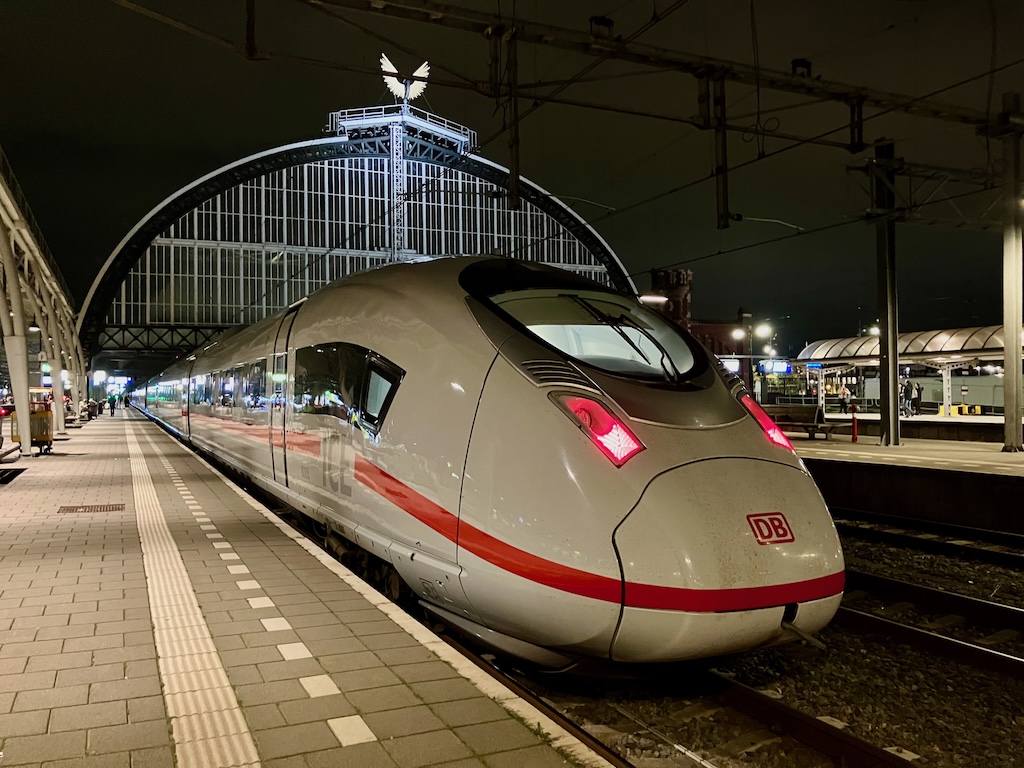
Every time an acquaintance or travel writer returns from Europe and sets foot on American soil, you’ll hear the same refrain: “Oh, if only we had passenger trains like that.” What they mean, of course, is that Amtrak cannot possibly compare. Not on frequency, not on speed, not on equipment, not on stations, not on overall quality.
Well, yes, in the case of the French TGV, or Germany’s Intercity Express, or Italy’s Frecciarossa, or any Swiss train that ever turned a wheel.
And simultaneously, no, if you’re talking about regional service in Belgium or Italy, to name just two examples. If you’ve experienced both sides of this coin, you know what I mean.

There is no question that high-speed trains in Europe leave Amtrak in the dust. Acela and its perennially waiting-in-the-wings replacement, Avelia Liberty, don’t stack up. That’s partly because of restrictions related to the Northeast Corridor’s catenary and curvature. And it’s partly because Amtrak’s speedsters are what you could call Frankentrains: European equipment modified to meet U.S. crashworthiness standards.
Because of this, the lighter European trains ride like they’re rolling on glass. Amtrak’s speedsters are more like a hulking old Cadillac with tailfins bouncing and lurching along a bumpy road. On a Northeast Corridor trip last summer, there were times I felt like I was going to be thrown from my seat between New York and Baltimore, particularly approaching bridges both large and small. You never feel this in Europe. Ever.
Nowhere in North America is there anything like, say, the 372-mile TGV run from Basel, Switzerland, to Paris Gare-de-Lyon. At 199 mph, the catenary towers pass by like a picket fence, with quaint French farms and villages as a backdrop.
The Siemens-built German ICEneo we rode from Frankfurt to Amsterdam last fall is an upgrade — and one, fortunately, that seems to share traits with the Alstom-built Avelia. The windows are large, the glass doors between cars open automatically and provide an airy feeling, and the Bistro car offers a range of food and beverage options. So there’s reason to hope on comfort and amenities coming our way soon.
Standard 79-mph Amtrak service is a wonderful way to travel, of course. You can get work done, chat with seatmates, or simply admire the scenery. In most parts of the country, though, the service often is not frequent or fast enough to compete with driving or flying, as is often the case in Europe.
But don’t sell Amtrak short.
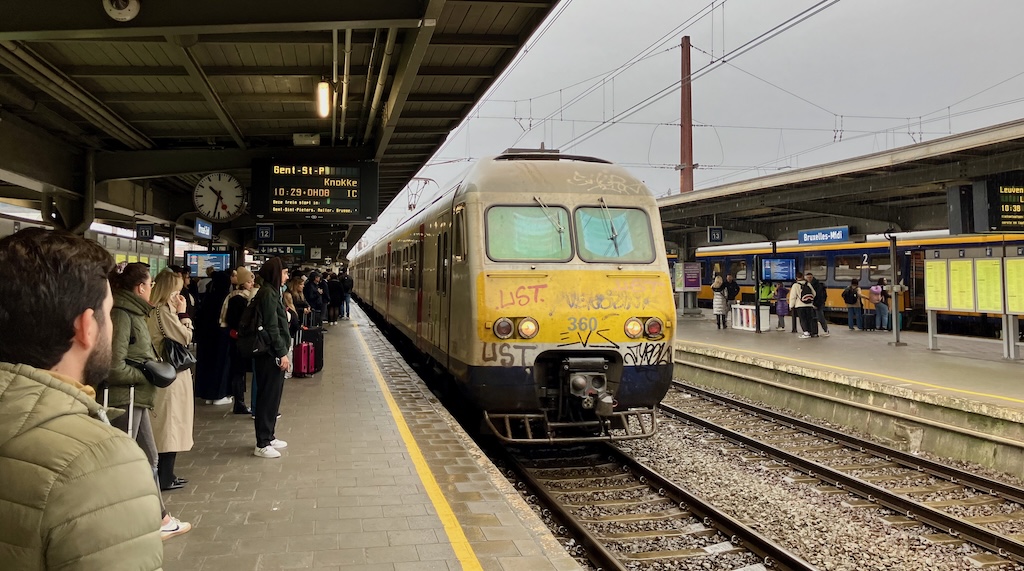
My wife and I took the fine Eurostar train 9322 from Amsterdam to Brussels last fall. In the Belgian capital, we transferred to a regional train bound for the medieval gem of Bruges, Belgium. Oh, the disappointment! (The train, not Bruges.)
Yes, National Railway Co. of Belgium intercity train No. 2831 was under catenary. And, yes, there was frequent service on a line that is undergoing capacity improvements that include sections of third main track. But the AM80 electric multiple unit looked more worn out than an Amtrak P42, with the added indignity of graffiti scrawled across the nose. Worse, the train was dirty and overcrowded.
On the return trip to Brussels, our clean bi-level train had luggage racks built for something the size of a lunchbox you toted to school. Whoever designed these racks should be condemned to use them. We had no choice but to put our carry-on bags on the floor at the seats across the table from us. Fortunately, the train was not packed.
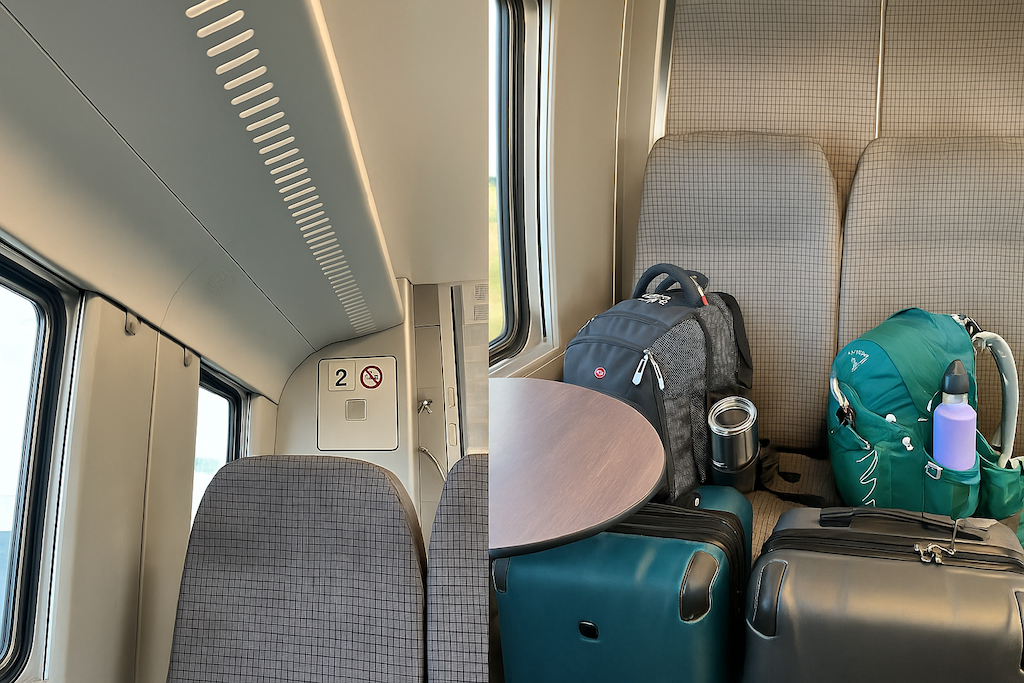
We were most perplexed, though, with the Italian Circumvesuviana service from Naples to Pompeii, or Pompei Scavi-Villa dei Misteri according to the timetable. Here you have one of the world’s great archeological marvels, and it’s served by a 3-foot, 1.1-inch gauge train that’s a wonder all its own – the wonder being how it’s still running. The scruffy electric multiple unit trains we rode date to the disco era, lack air conditioning, and suffer from reliability issues.
Immediately upon departing Napoli Garibali Station, our train frequently stopped inexplicably for a minute or two. The further we got from Naples, the better it performed. But the ride did not inspire confidence.
In fact, it made us yearn for Amfleet equipment that by comparison feels downright modern. The lesson from our fall travels? Not all European passenger service lives up to its vaunted reputation.
You can reach Bill Stephens at bybillstephens@gmail.com and follow him on LinkedIn and X @bybillstephens






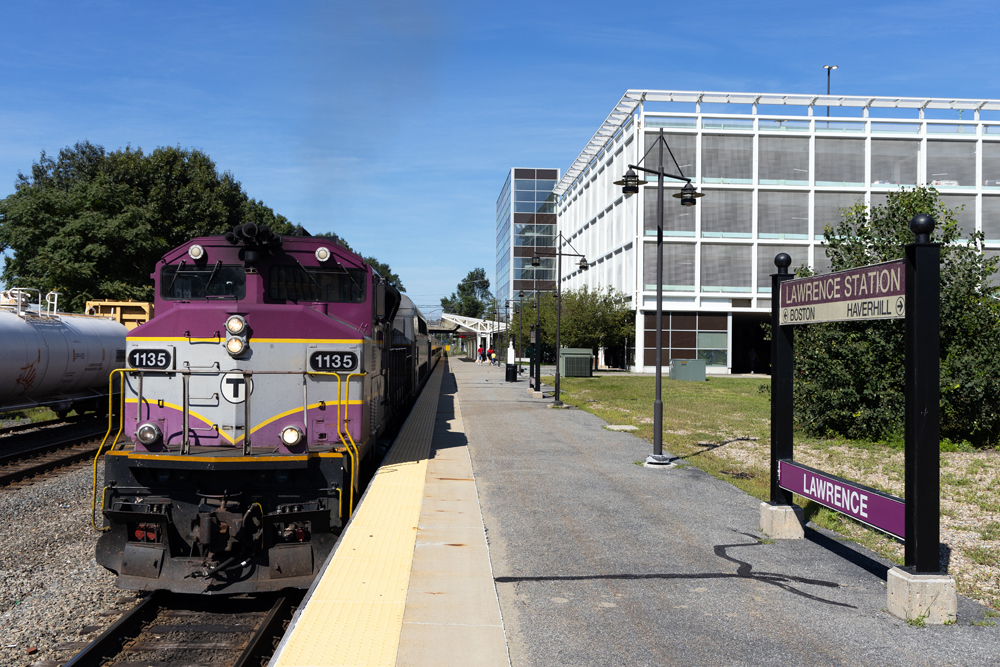

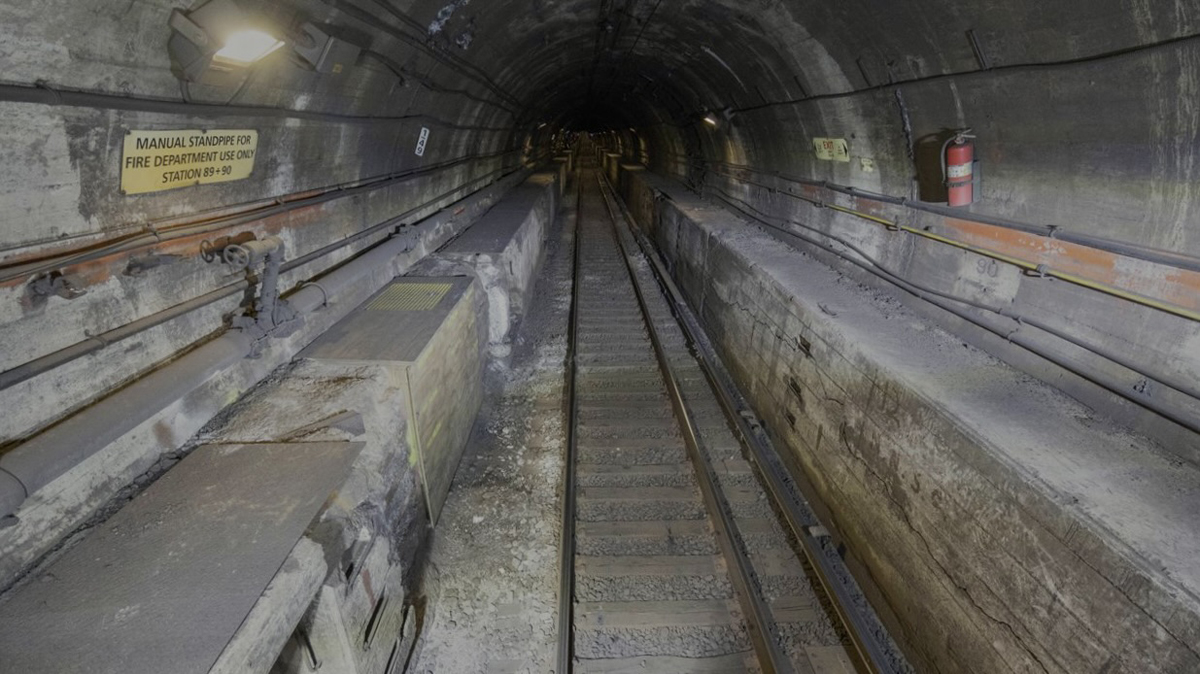
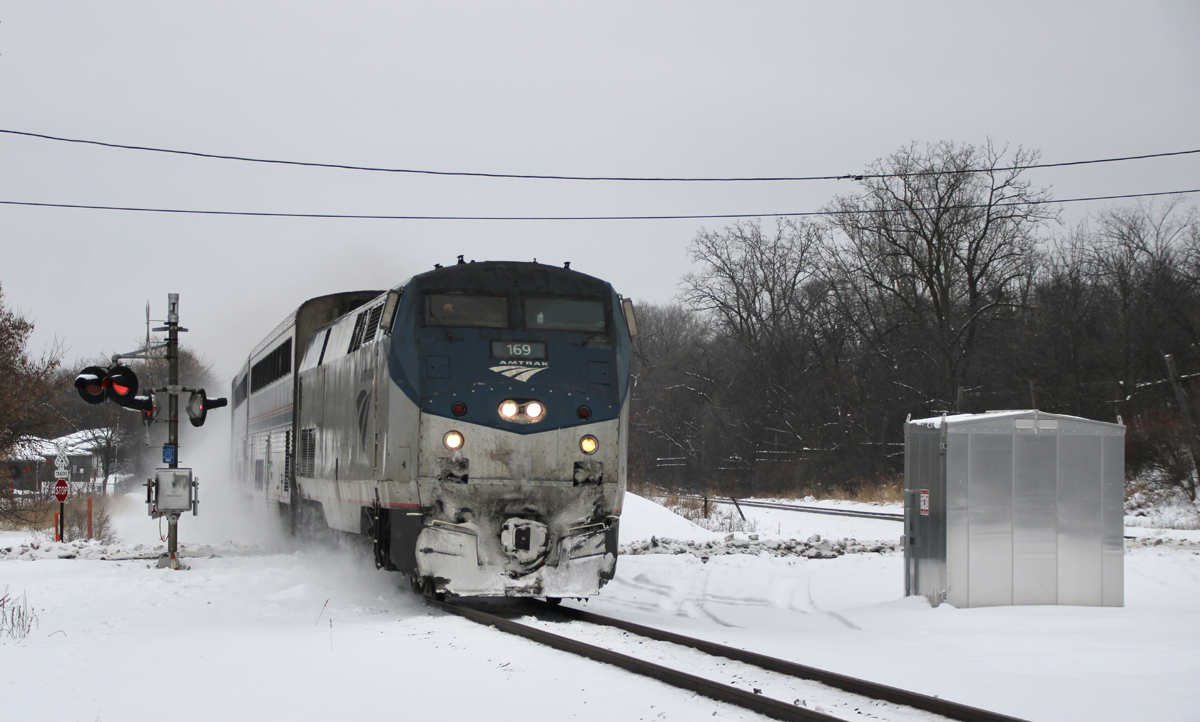

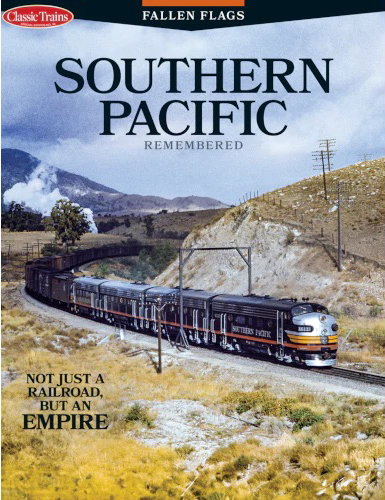
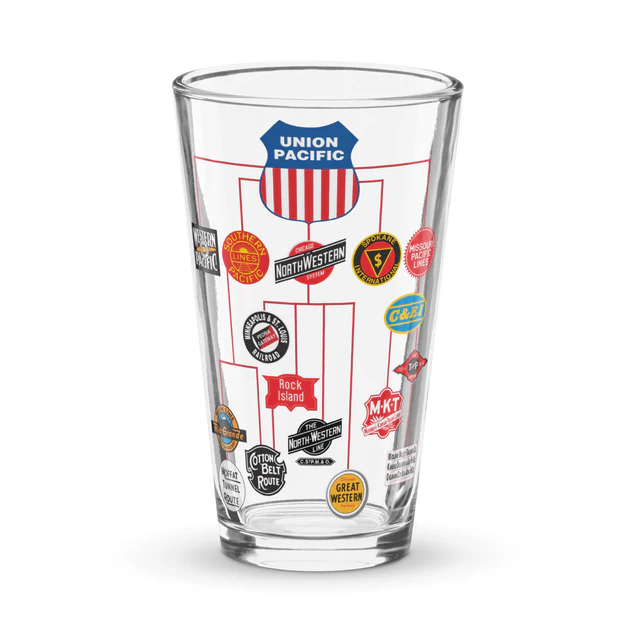
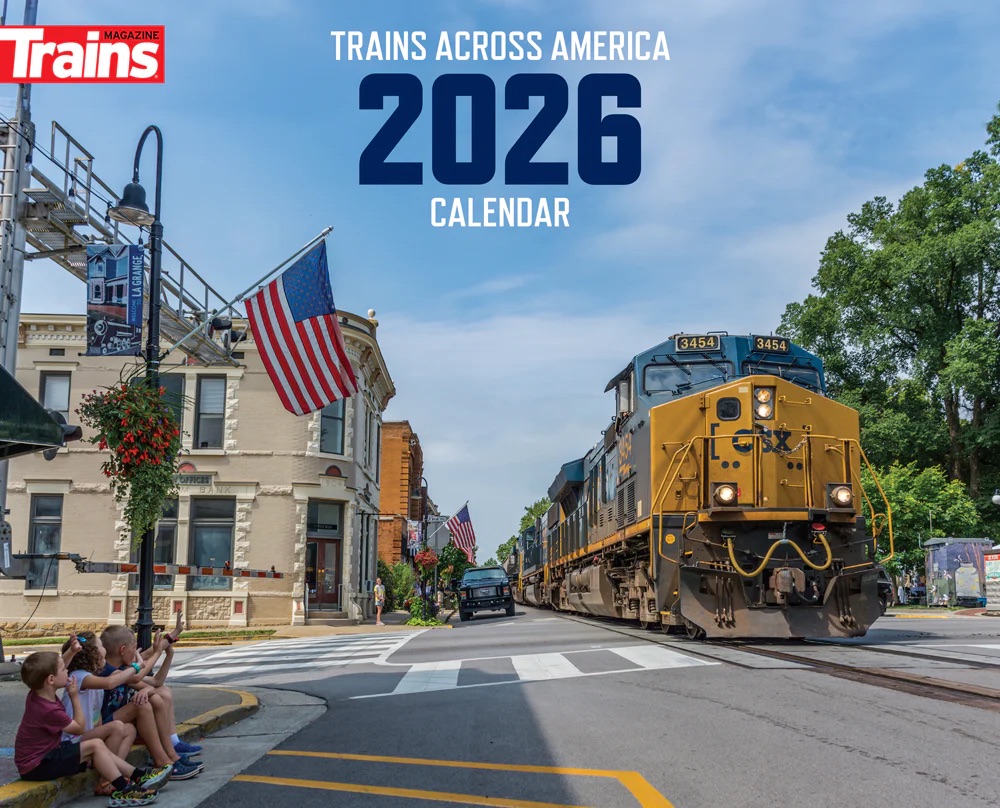
A few years ago we rode a day trip in Scotland lasting about 6 to 8 hours as I recall. There was advertised a food cart to move through the train offering snacks. However, the train was so overcrowded that the cart never made it out of the front of the first of two cars because people were literally packed into the aisles, sitting on the floor. Vestibules too. Fortunately we had eaten a light breakfast before departure. Timekeeping was good as I recall. We were among the first to board so were able to sit together, otherwise . . . .
Yes Bruges is outstanding, but if one has experienced Belgium for many decades, what you have seen is a train wreck in slow motion, the country is a sad case overall.
Let us not forget that, according to a recent analysis by Transport & Environment (T&E) association in 2024, neither DB nor SNCB were among the top 20 exemplary passenger train operators in Europe.
Dr. Güntürk Üstün
* A Little Reminder to the Author *
The sleek DB HST you photographed is a “ICE 3neo” unit.
Dr. Güntürk Üstün
Nevertheless, there are trains operating all across Europe. In my US hometown, the three daily pairs of trains of my childhood have disappeared entirely.
Railroad towns, where passenger trains give life, must always exist!
Dr. Güntürk Üstün
Every railroad coin has two sides…
Dr. Güntürk Üstün
Try riding the Dutch national trains, a wonder of schedule and platform consistency, efficiency, modern equipment, and constant upgrading of track, stations, and rolling stock. This is not to say that there are not occasional problems, as there would be anywhere.
I agree with the observation of Amtrak’s rough ride. I rode Acela from New York to Baltimore a few months ago and was taken aback by the roughness of the trip.
I ride Portugal’s semi-high-speed Alfa Pendular train occasionally between Braga and Lisbon, a 300km corridor comparable to the NEC, with equipment comparable to Acela. While it is not a smooth-as-silk ride, it is much smoother that my recent Amtrak trip, and it has serious luggage racks in the ends of the coaches.
Portuguese trains other than Alfa Pendular range from modern electric commuter trainsets to tired old coaches without air conditioning.
Having traveled in Europe by train in various types of rides and visiting Japan this past spring, I can concur. In Japan the bullet train from Tokyo to Kyoto is all it is built up to be – “can we really be traveling this fast???”. But lots of local and not so local trains offer very familiar rides to a US rail traveler. But I will give points to Europe and Japan on cleanliness and punctuality across all ride types.
Interesting observation I had – the bullet train from Paris to Lyon left the rider with ear pressure when passing through a station or another train traveling the opposite direction. I did not notice that on the Japanese bullet train ride. Maybe moving at a slightly slower speed?
Not every train in Europe is the TGV and not every ride in Europe is from one glamorous tourist destination to another glamorous tourist destination.
Not every train needs to zoom north of 200 km/hr.
It’s good that Bill got off the main onto the locals. There’s a lot more to Europe than London, Amsterdam, Paris etc. To get to/from the provincial cities that Americans have never heard of, you don’t need a timetable. You walk to the station. A train will show up in a half hour or so.
Today, Bill Stephens writes that Belgium has some dodgy local trains. George H. Drury wrote (long ago, obviously, as he is dead) that SNCF was no big deal except for the TGV. That’s two countries, Belgium and France. Other European nations do very well with their secondary routes.